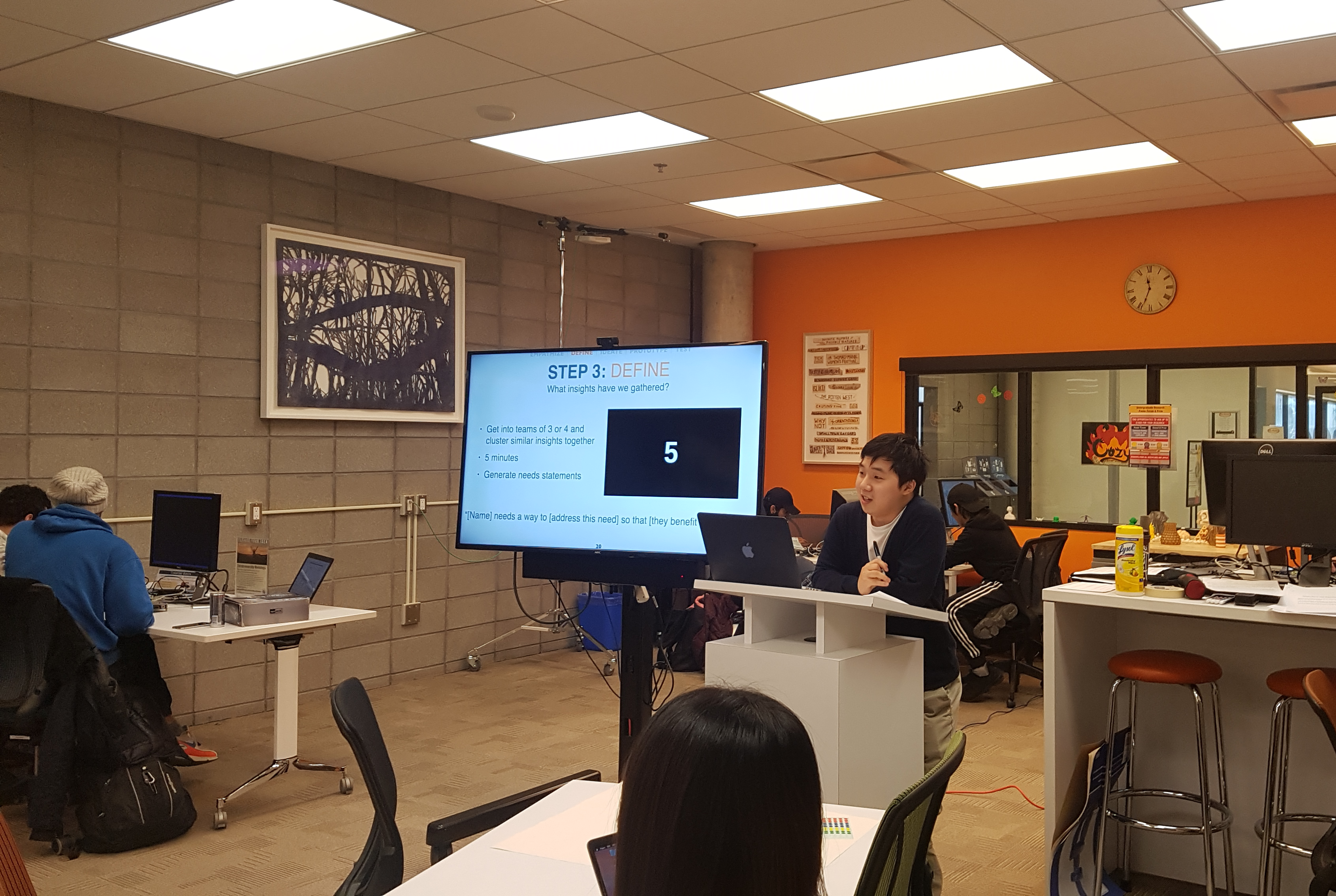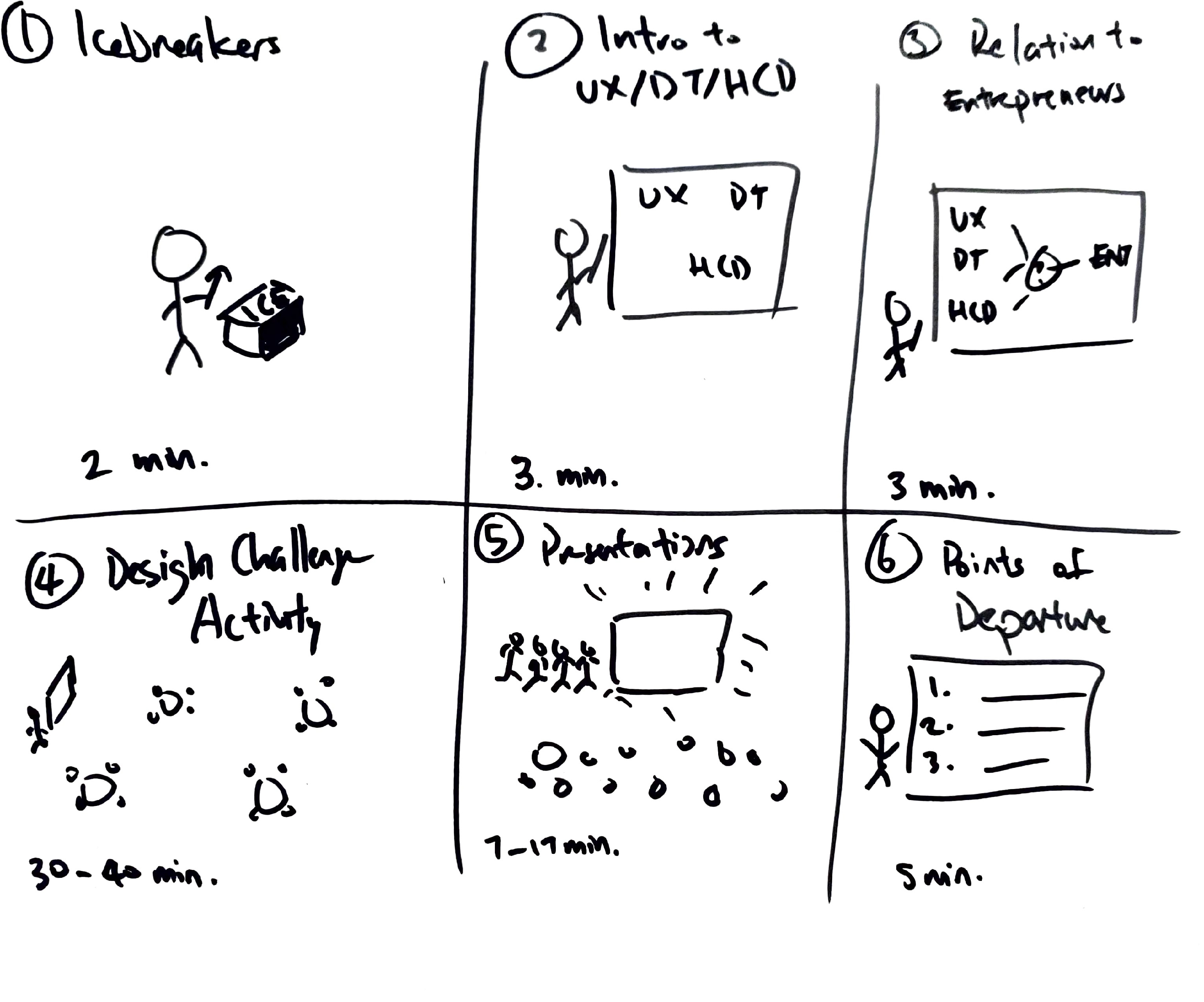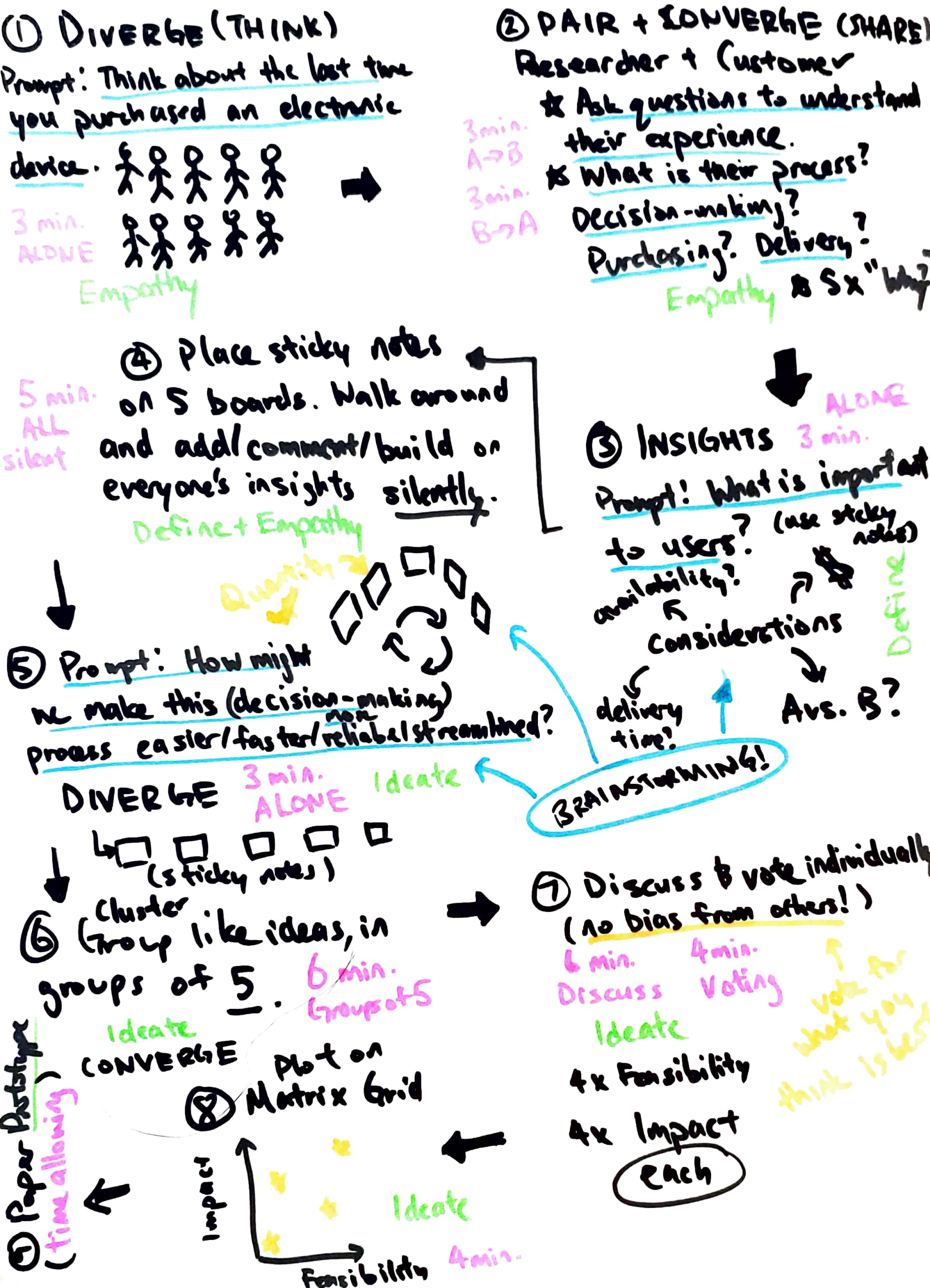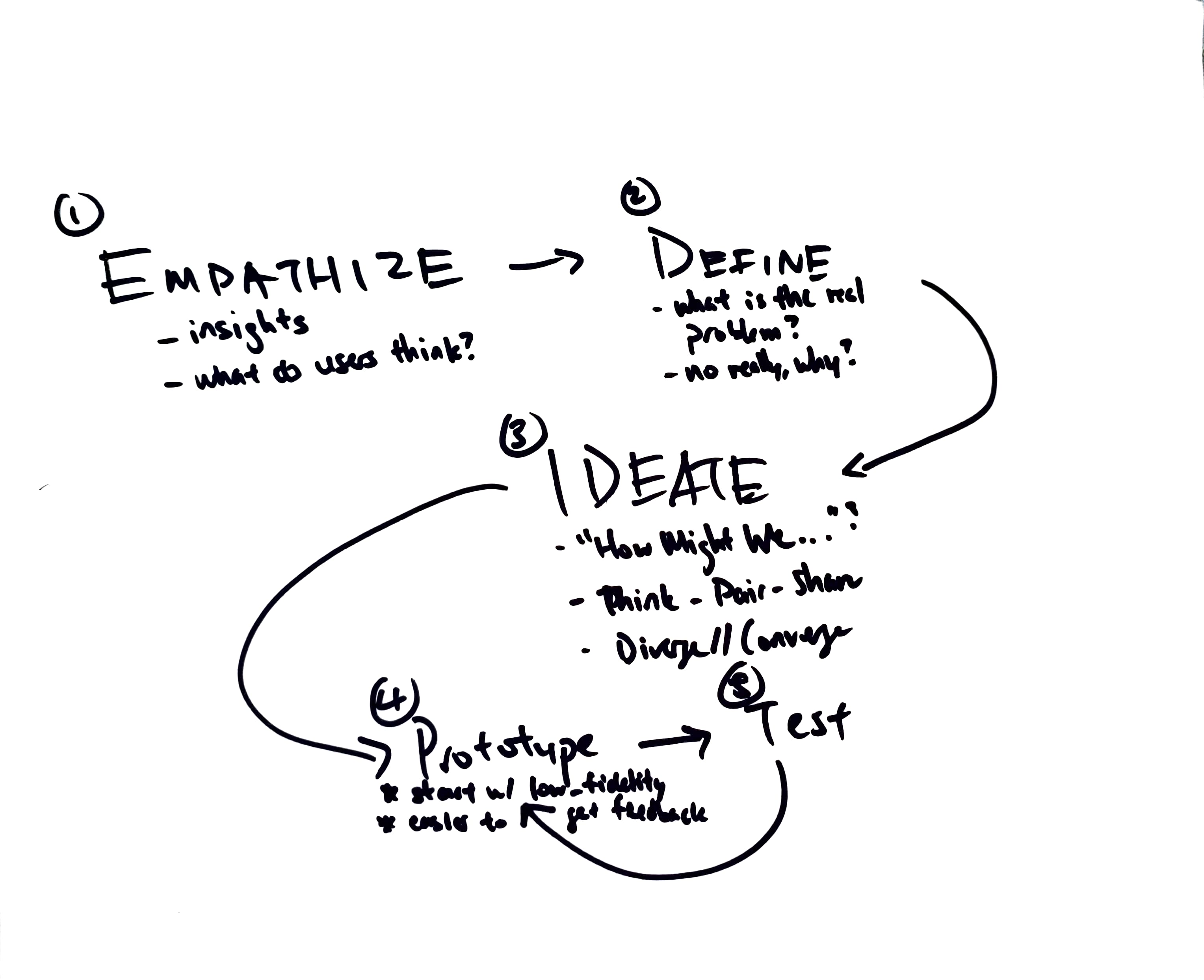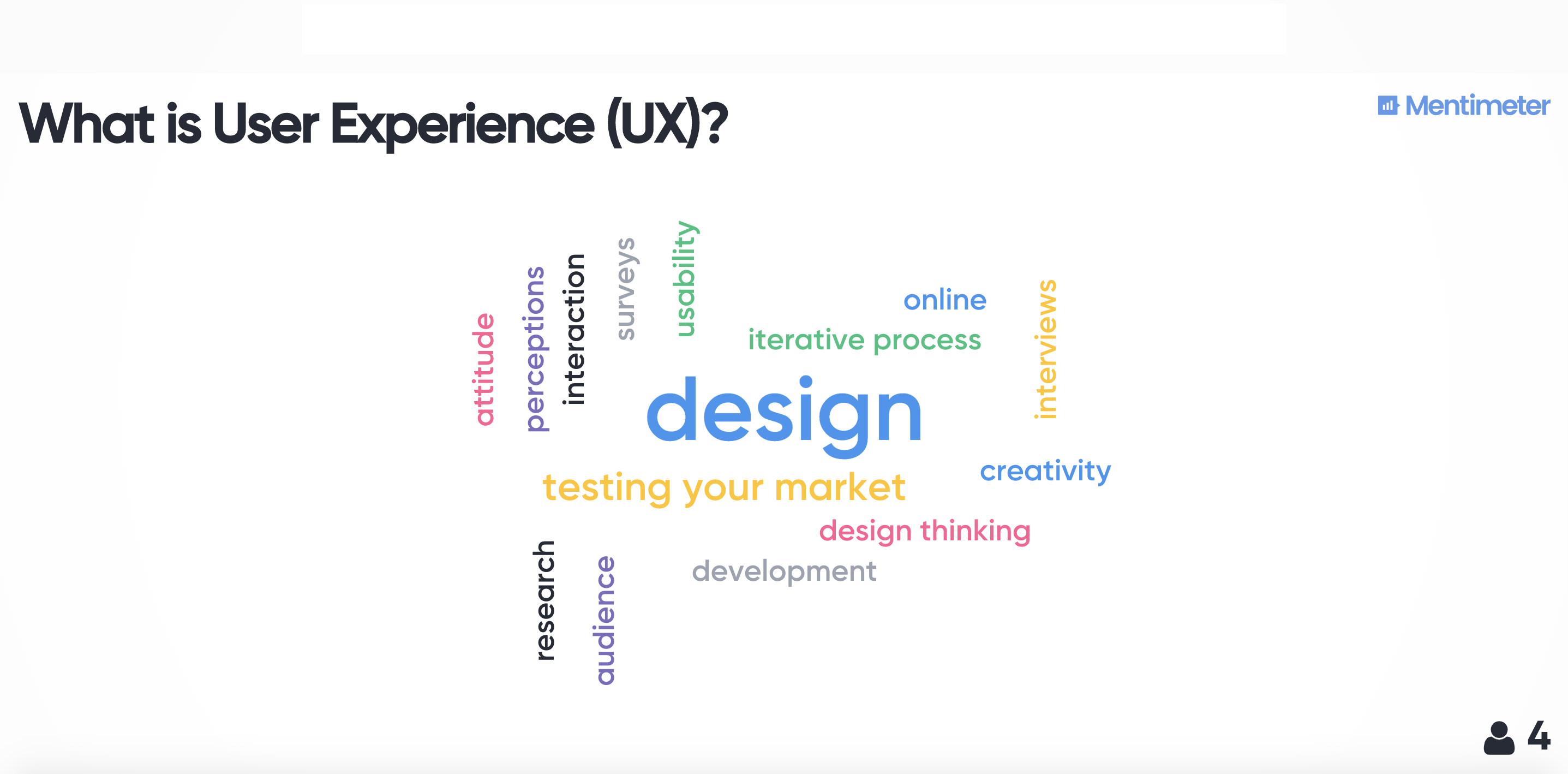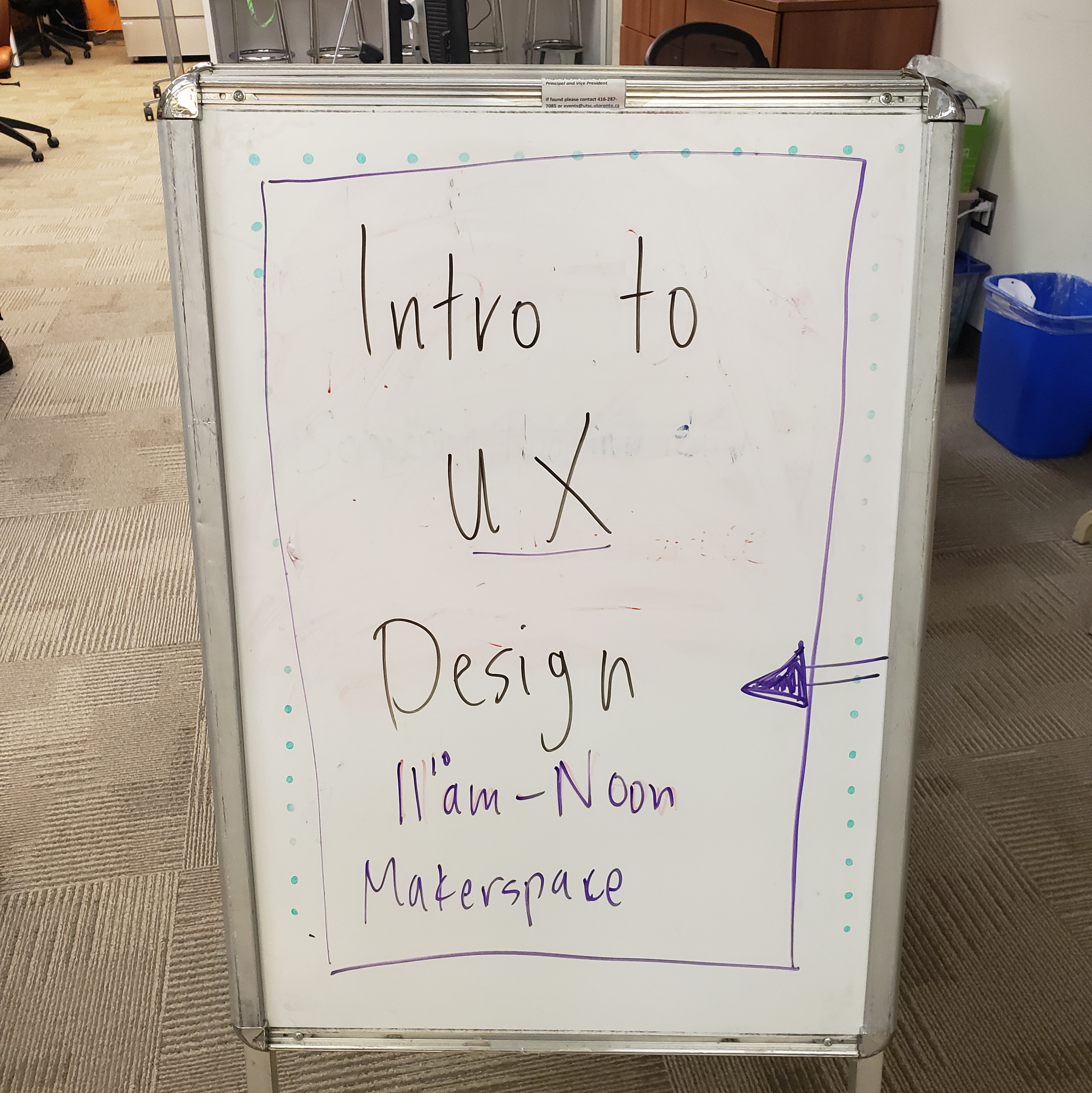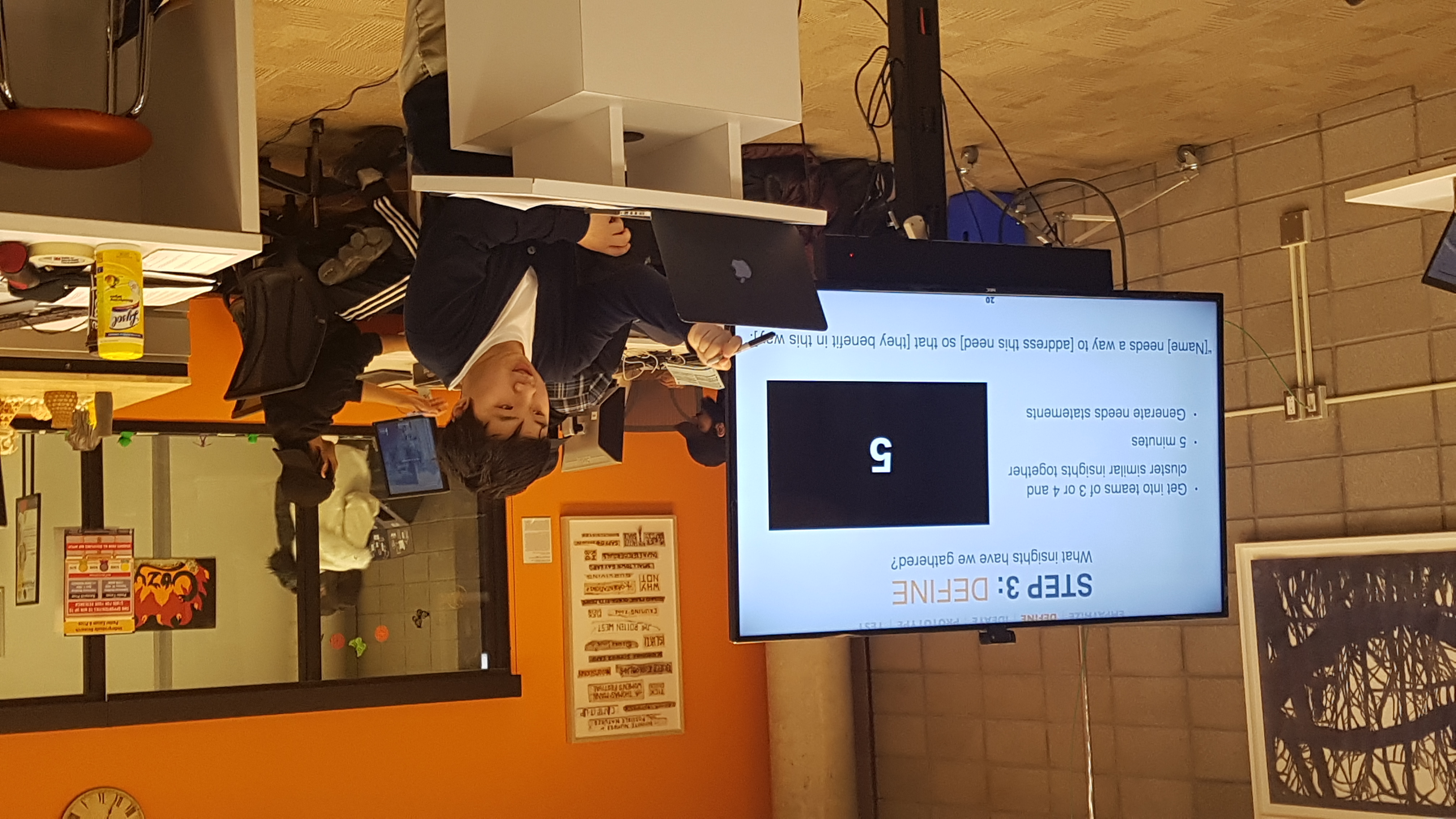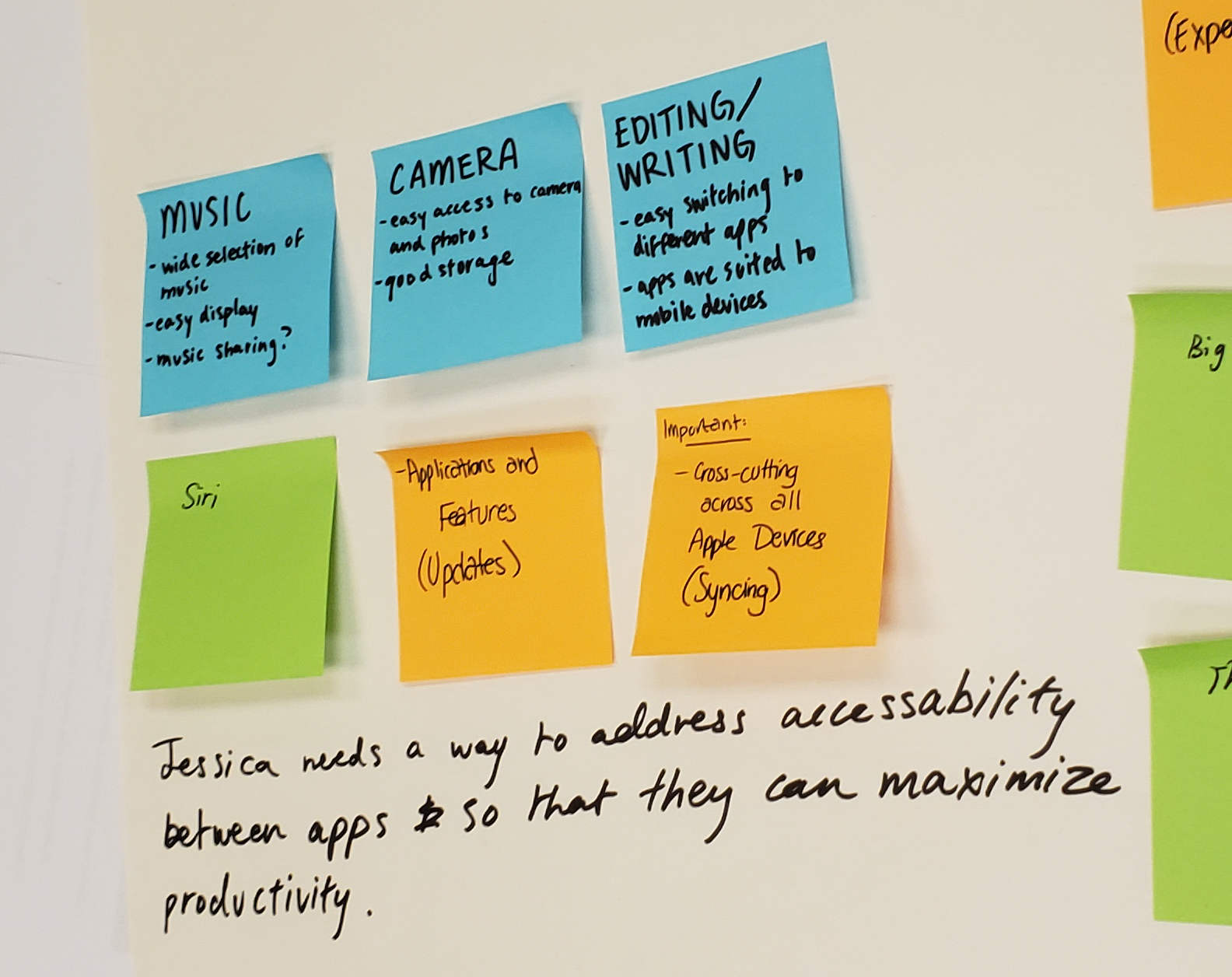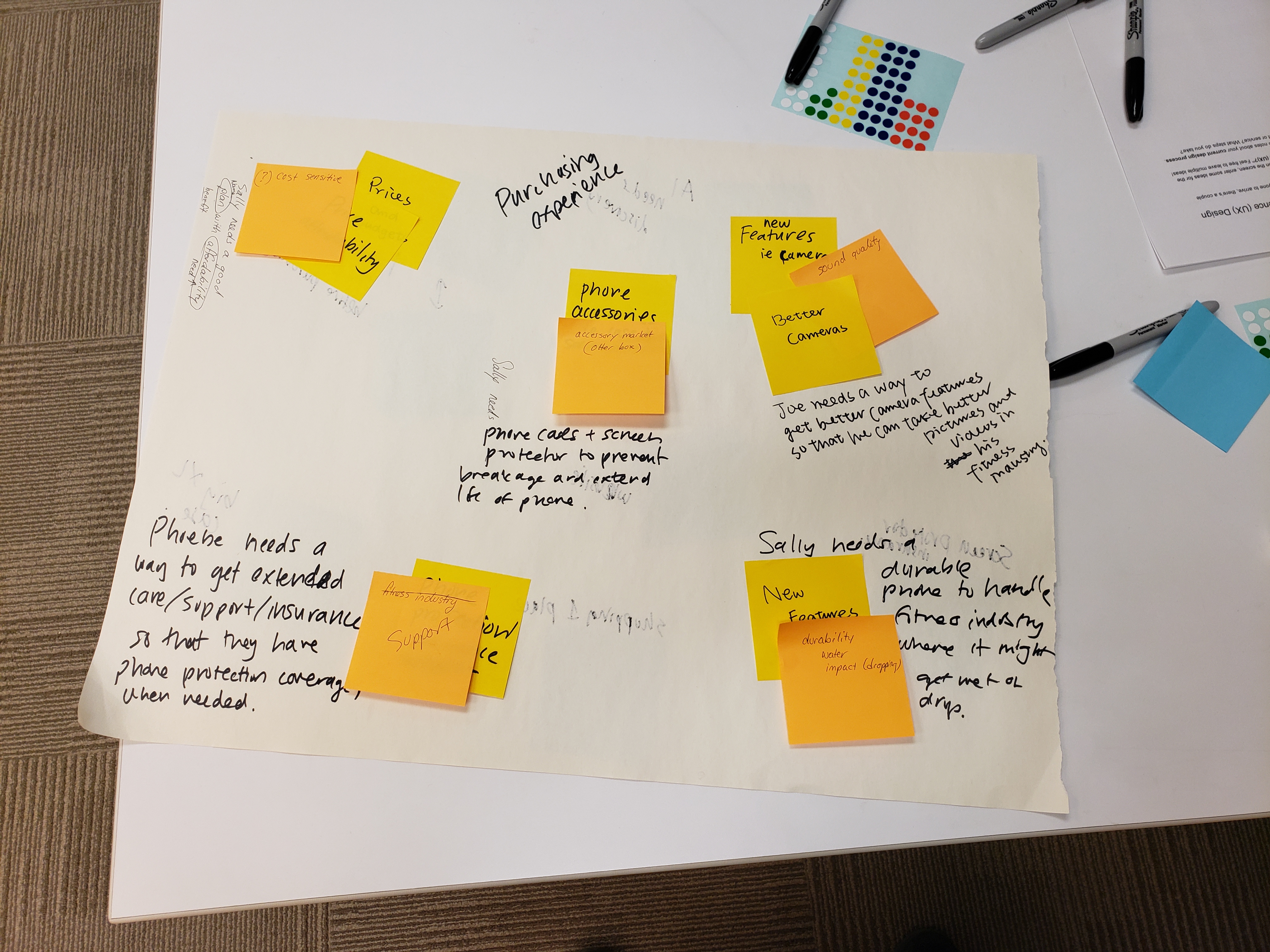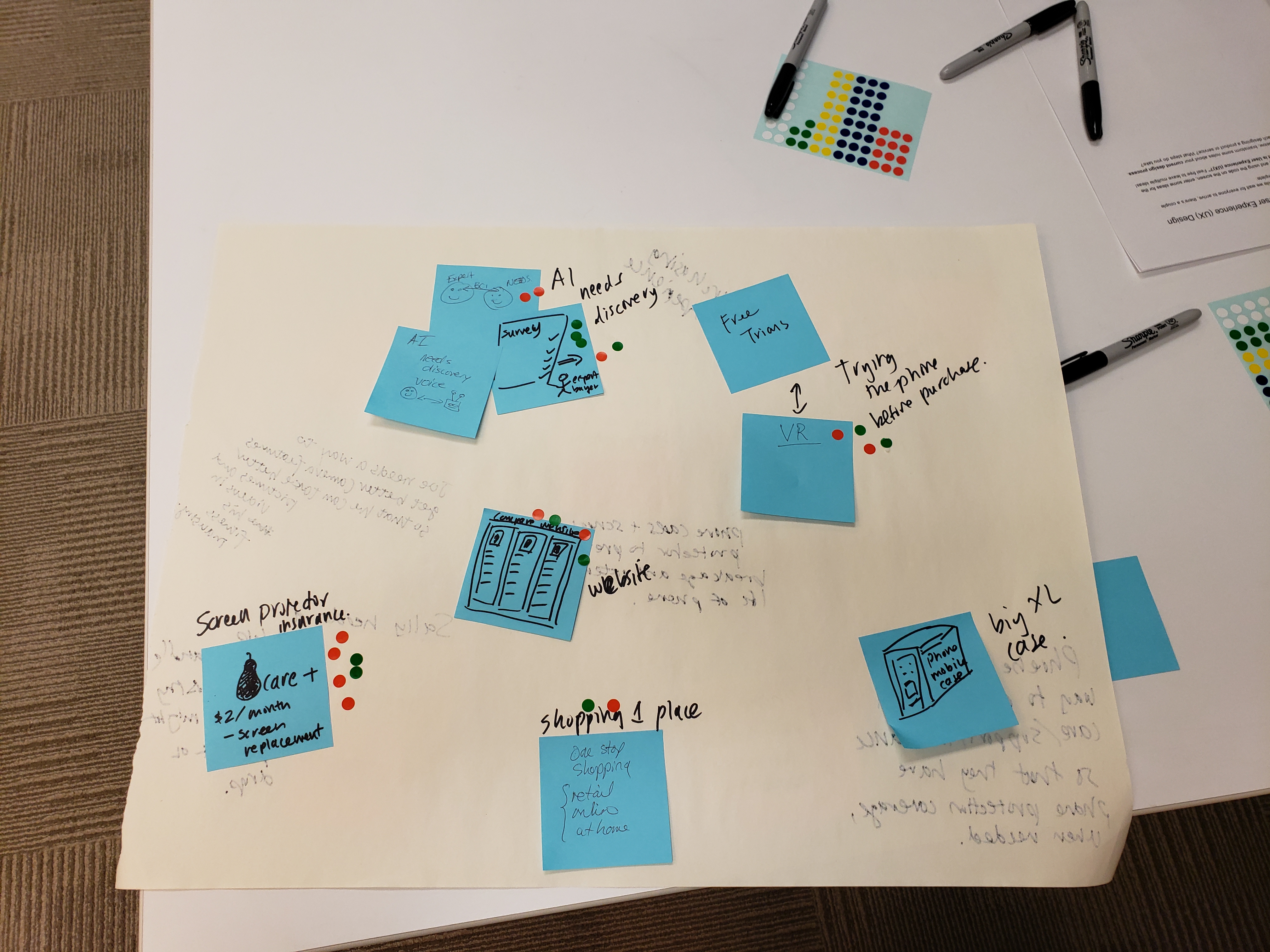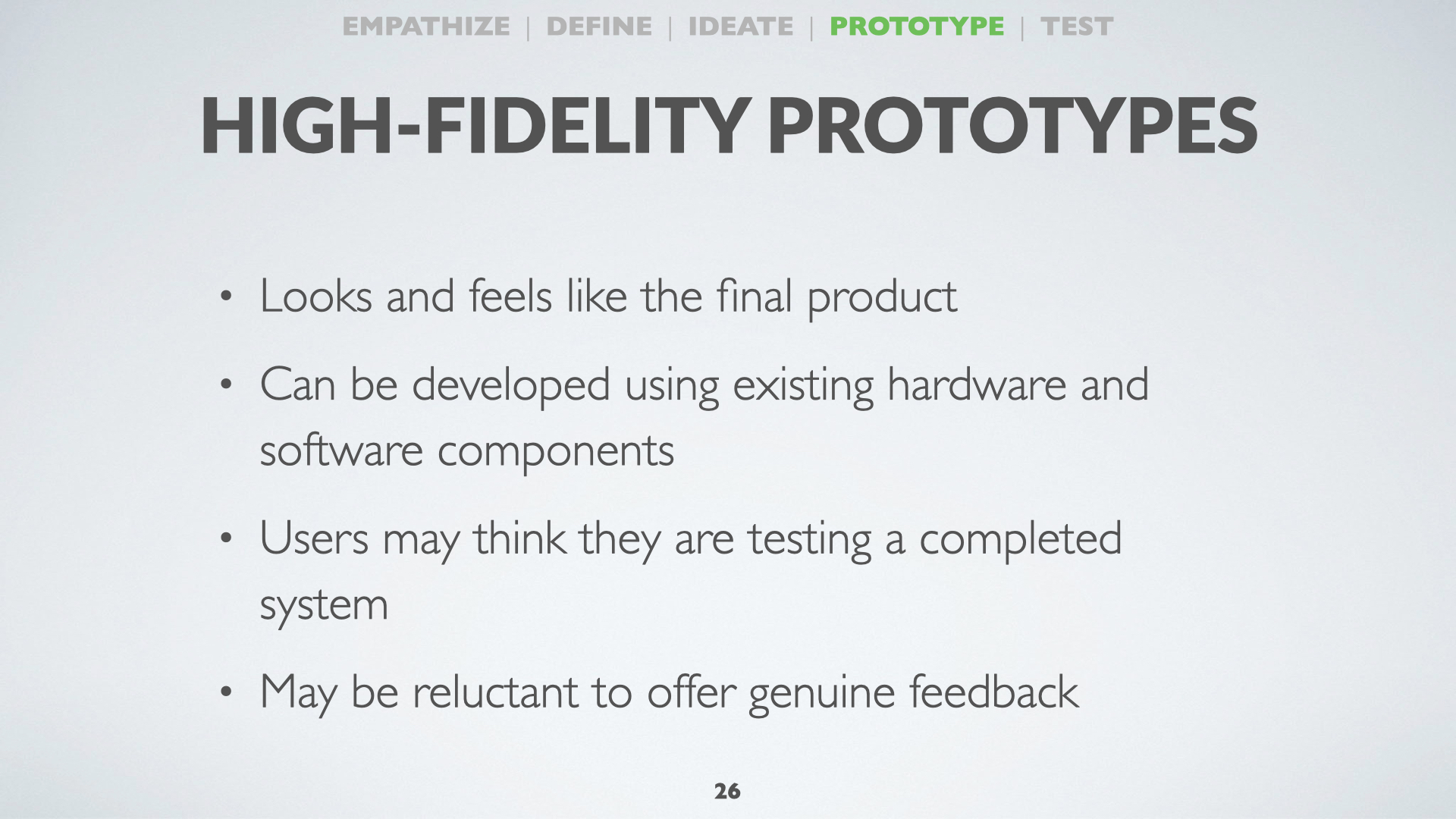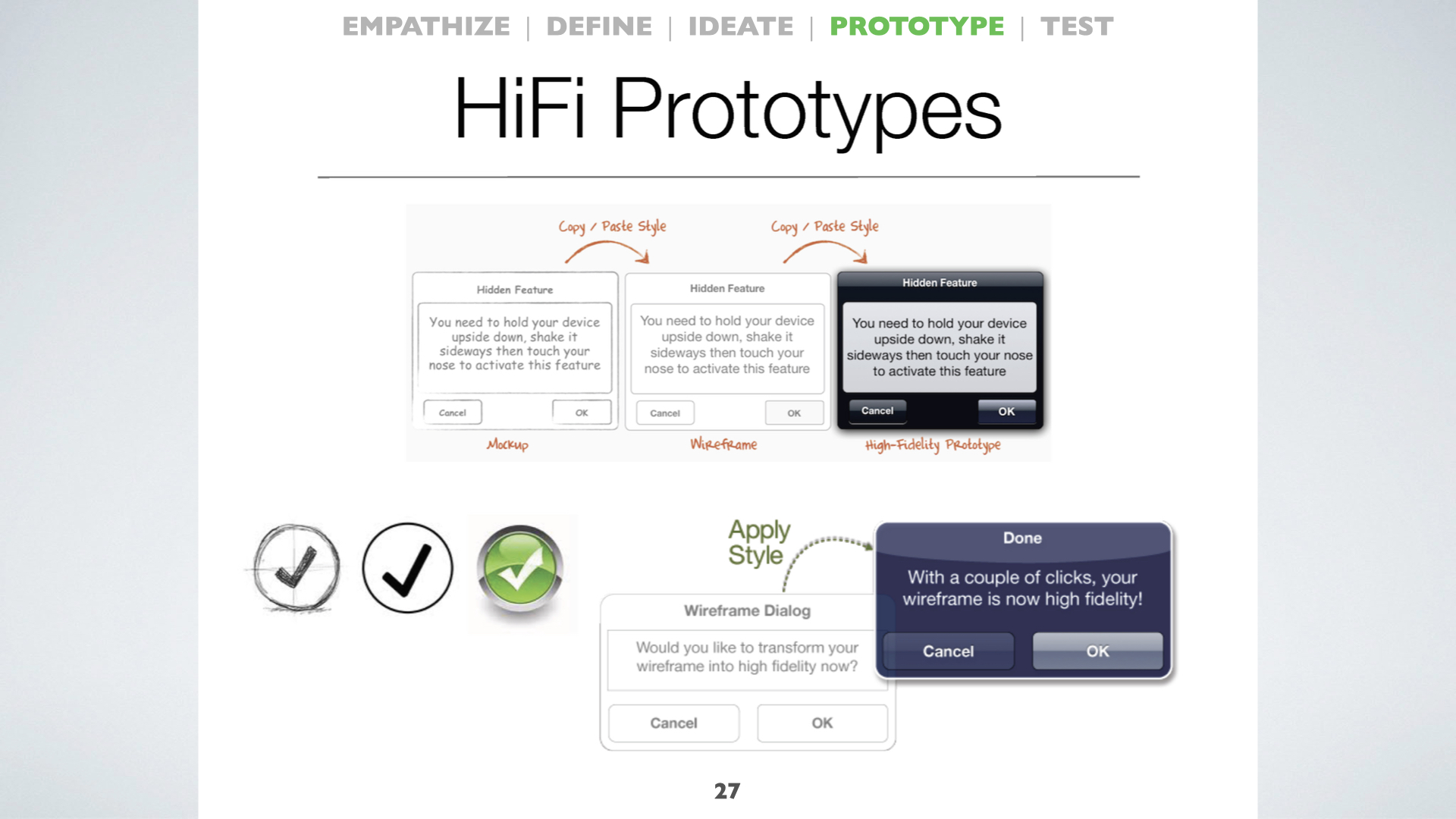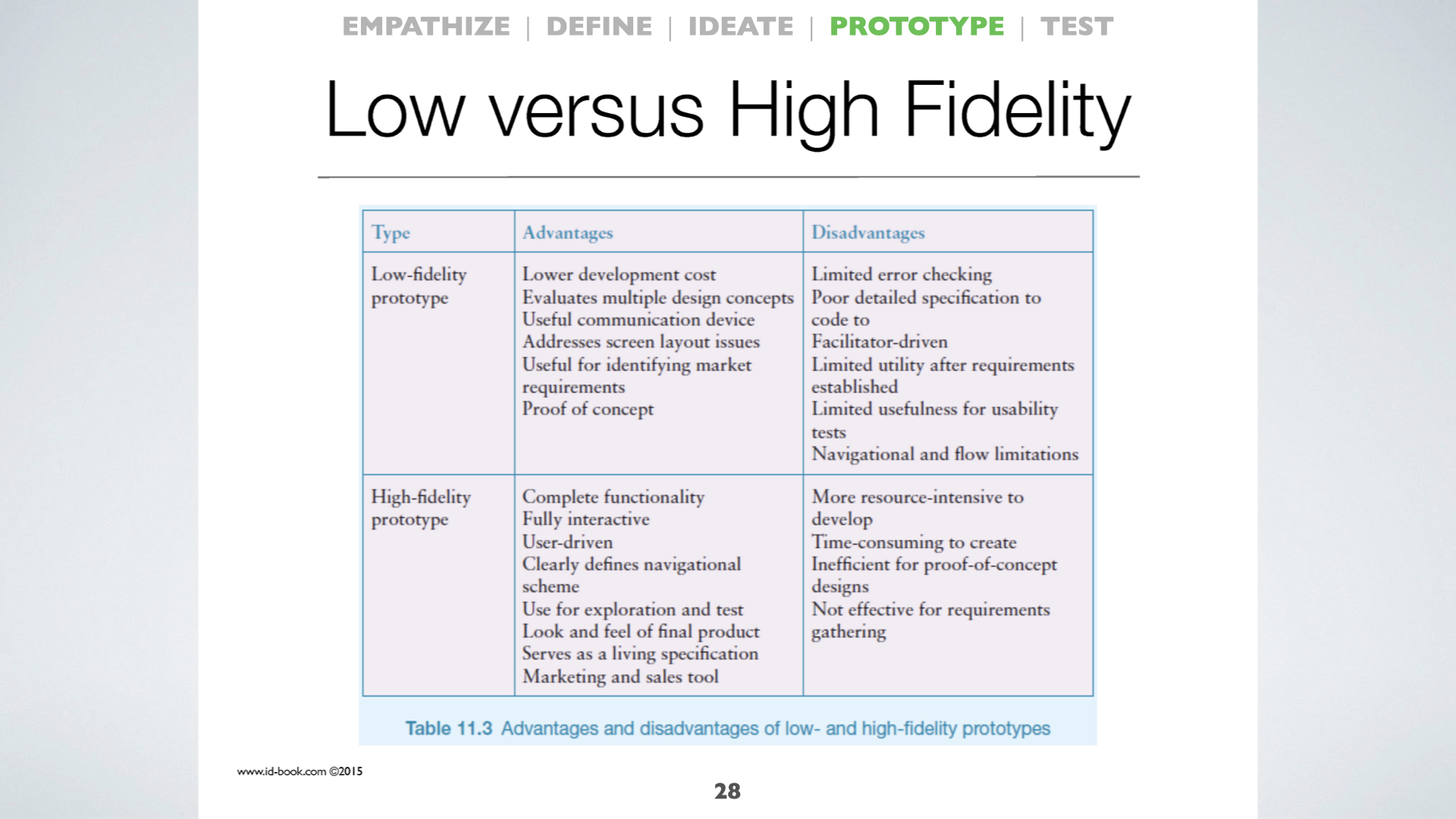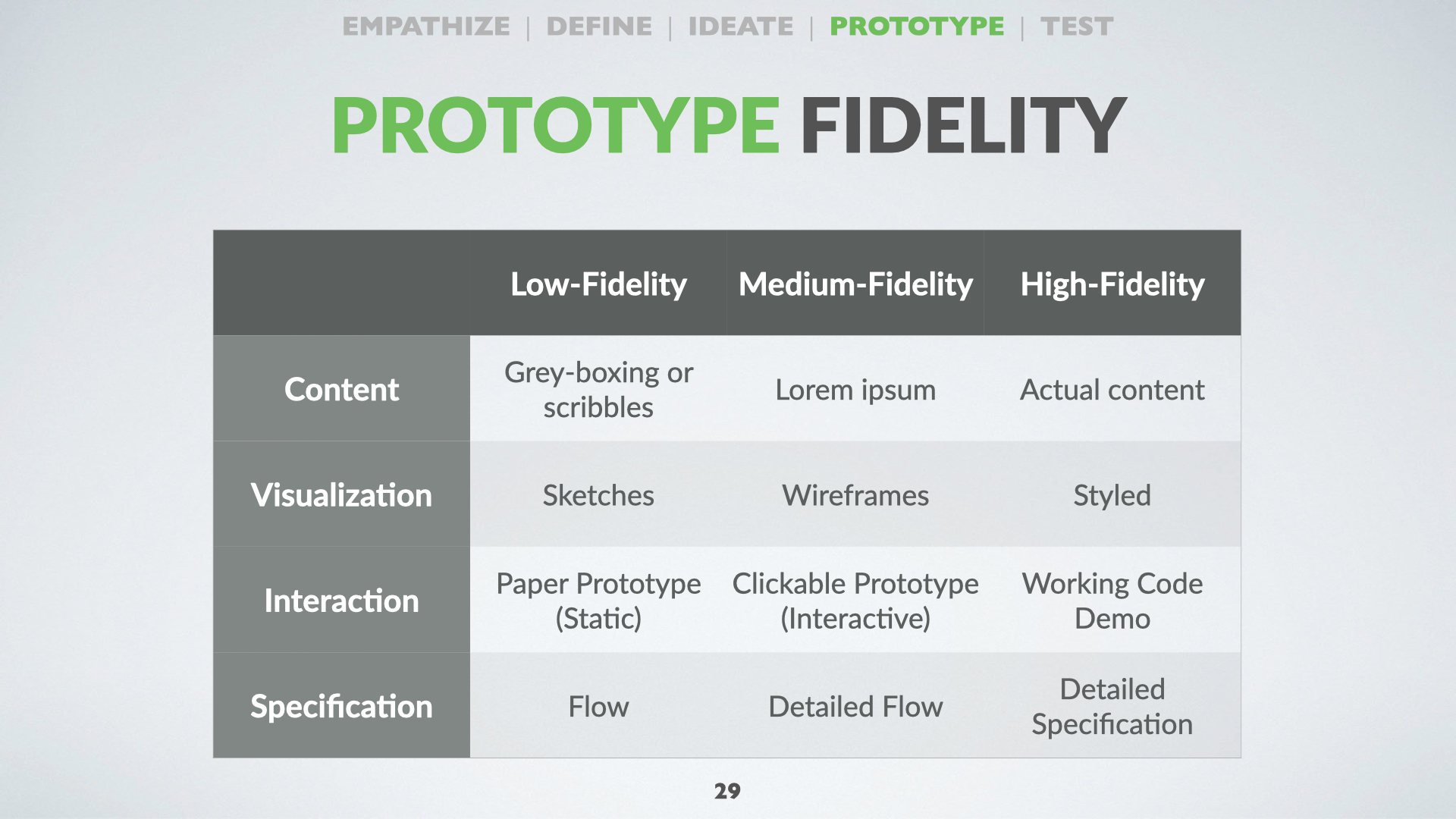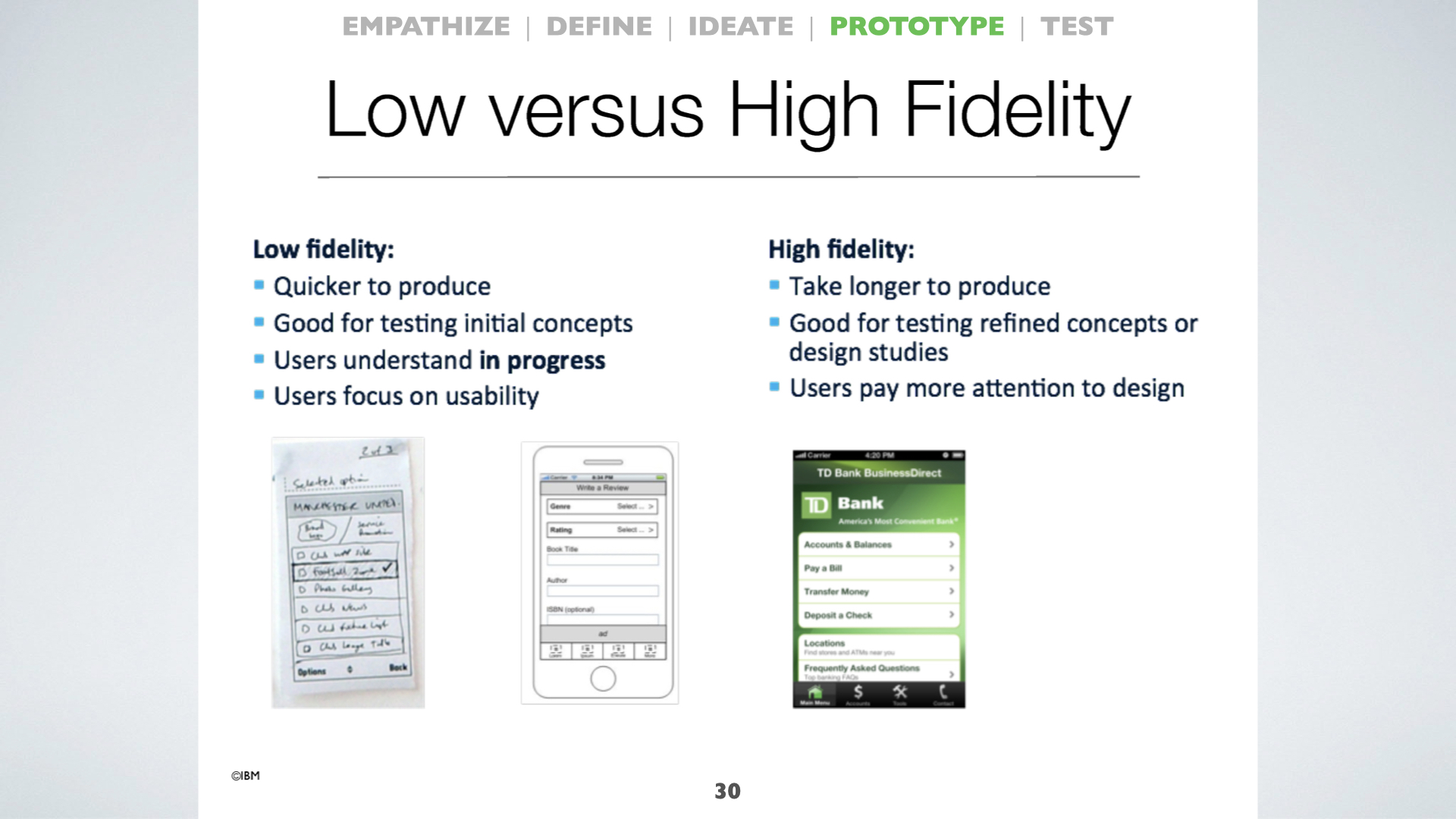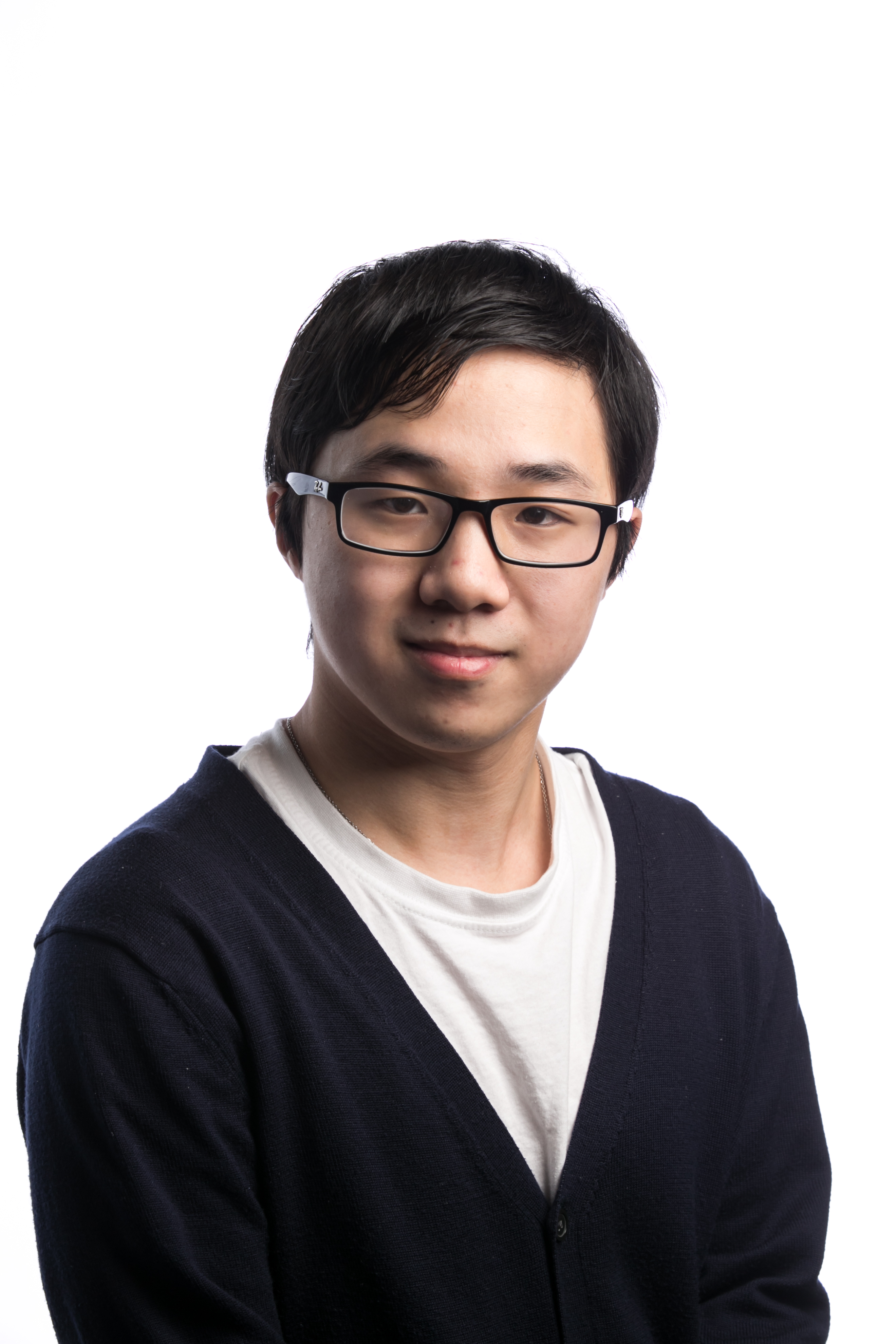This is 1 of 4 UX projects conducted during my time as the User Experience Librarian Intern at University of Toronto Scarborough (UTSC) Library.
As part of the University of Toronto's annual entrepreneurship week, I was invited to co-develop and co-instruct a workshop titledIntroduction to UX Design. Furthermore, as a fortunate coincidence, one of the final projects of a course I was enrolled in, was to facilitate an workshop using the design thinking methodology. As such, it only seemed natural to combine the two
Design Thinking is an iterative process in which we seek to understand the user, challenge assumptions, and redefine problems in an attempt to identify alternative strategies and solutions that might not be instantly apparent with our level of understanding.
However, I faced one large problem—my background is not in business or entrepreneurship. I needed to get to know my audience by gathering insights about their typical motivators, goals, and ideal learning outcomes—and quickly.
